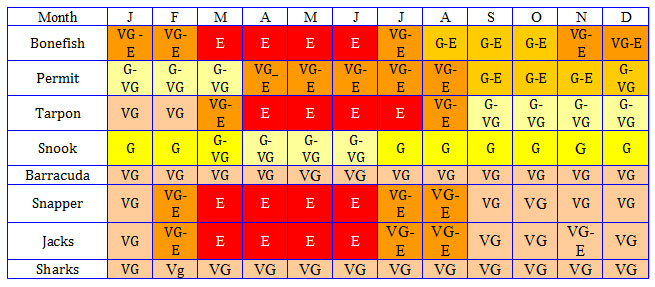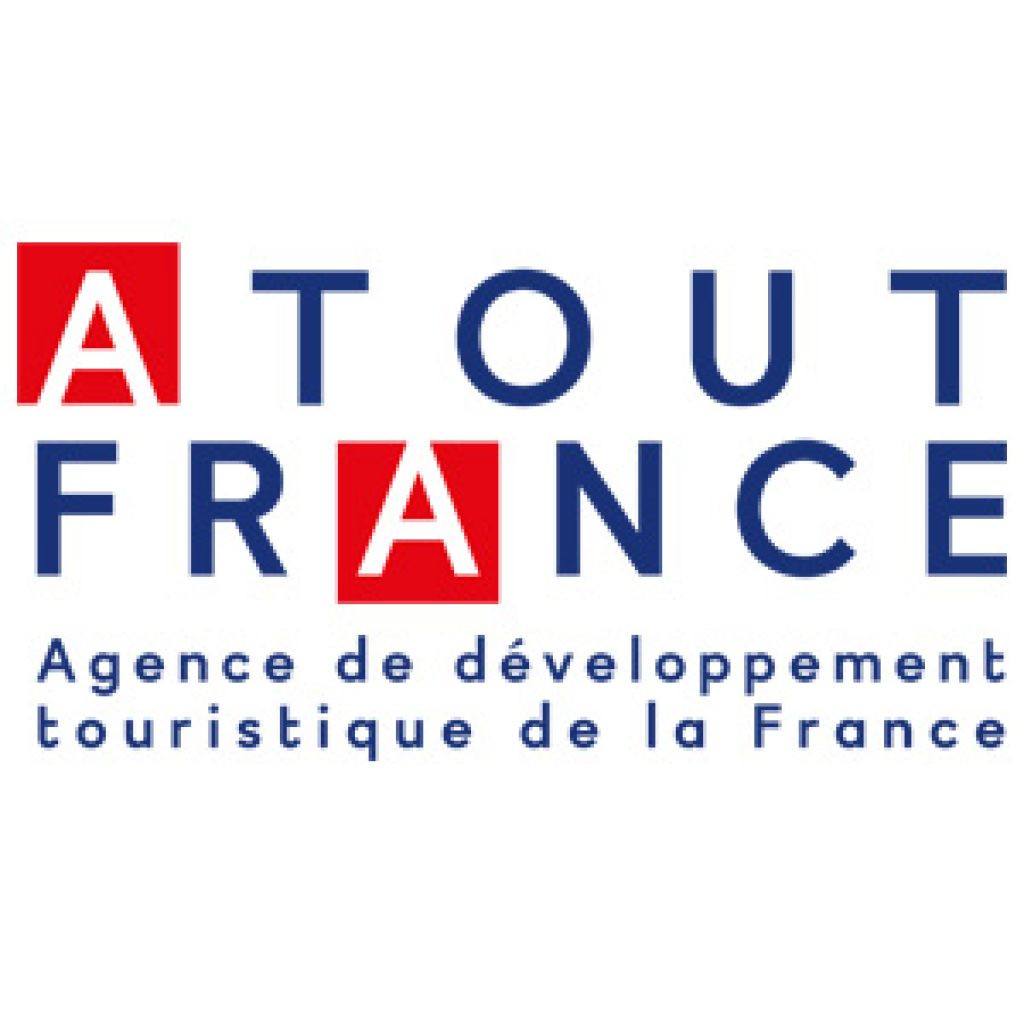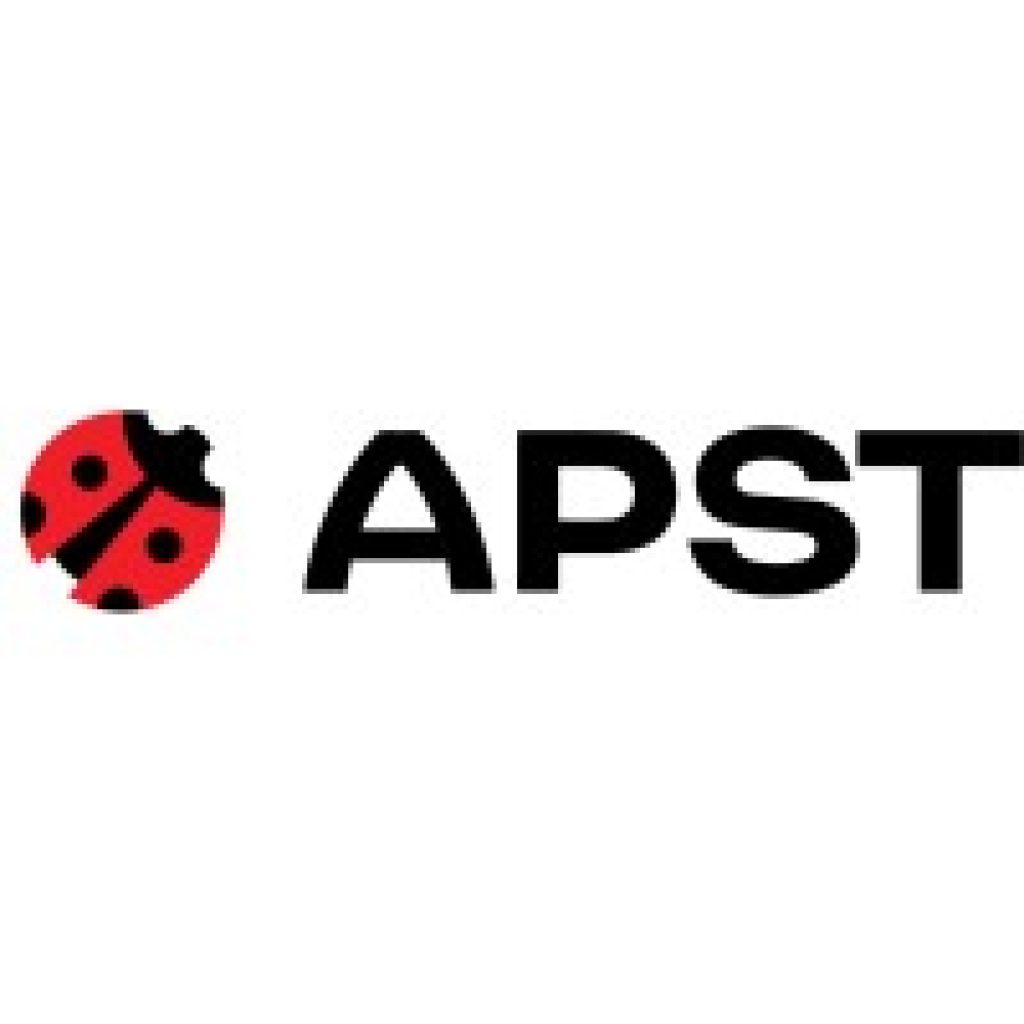FISHING TRIP CUBA
Overview
Exceptional fishing in the Caribbean sun in the company of salsa and mojitas – enough to make any angler happy! So, if :
-you’re a fishing enthusiast and really want to travel to discover exciting new spots
-you’ve already done some bonefish fishing or are a beginner
-you like simple comforts, no frills, just friendly
-you’re alone, in a group of anglers or with your partner
Then this is the destination for you!!!
Itinerary
9 days, 7 days on site, 6 days fishing
Day 1 : Flight to Havana. Meet and greet then transfer (170 km away, in the Zapata Peninsula, a 2-hour drive approximately)
Day 2 to 7 : 6 full days fishing (5 in Las Salinas, 1 on the river)
Day 8 : Return trip to Havana in the morning. You will be able to leave your luggage at the hotel and visit Havana for the rest of the day. Departure for the airport at the end of the afternoon, then return flight in the evening.
Rates : please contact us for details
Special rates for groups of 4 or more.
Geography
Cuba is the largest of the Antilles islands in the Caribbean and is located south of Miami, east of Mexico and north of Jamaica. Christopher Columbus mistook this beautiful, sunny, tropical country for Japan during his expedition in 1492 and immediately fell in love with it. Cuba is composed of 4000 small islands, most of which are uninhabited. There is one main island and several smaller, yet important islands like the Isle of Youth, south of Havana. The main island is 1225 km long and has a surface area of 114524 km2.
Fishing
During your tour you will be able to fish two different locations – Las Salinas (for five days) and the River Hatiguanico (1 day). Fishing in Las Salinas is with one boat and one guide per angler (one guide and one boat for two anglers on the river)
Las Salinas
Las Salinas are salt flats located on the south-west coast of la Bahia de Cochinos (Bay of Pigs). They are bordered to the north by the mangroves and wetlands of la Cienaga de Zapata, the largest wetland zone in the Caribbean. This area covers 700000 hectares of flats and shallow waters, ranging from 0.3 to 1.2 m in depth with 80% of hard-bottomed sand flats. The waters are interspersed with dozens of small islands, home to a large variety of birds and reptiles.
The Las Salinas are an important reproduction zone for marine life. The average temperature is 25°C. During December and January temperatures can go down to 17°C and , on some summer days, can reach 32°C. An abundance of shellfish, snails and fry makes it an ideal territory for bonefish who stay in the zone all year round, including during the reproduction periods.
Other species, such as jacks, permits and barracudas, come up to Las Salinas through the canals of the Gulf of Cazones lagoons. Your guide, with the help of a long pole, will push the skiff through this unspoilt natural environment composed of a mosaic of water holes. This is the largest wetland reserve in the Caribbean with a population of pink flamingo, herons, ibis and anatidae of all sorts. The hard-bottomed sandflats are home to the bonefish, which the Cubans call ‘macabis’. Hundreds of them will approach your skiff, attracted by the disturbance caused by the pole. Their curiosity satisfied, they will begin to feed.
All day long, they will dance around,circling you before taking your fly . That’s what makes for an unforgettable day’s fishing. You will also come across other species – snook, jack, a few permit, barracudas, groupers. You can have a go at these on the fly but also try rapalas, jigs, poppers etc.
In the Cienaga de Zapata National Park only 6 rods per day are authorized. Each angler, alone with his/her guide, will spend a day in the middle of this immense wilderness without meeting anyone else – except if you’ve arranged to meet up for lunch. You’ll have plenty to talk about during those pre-dinner drinks!
The River Hatiguanico
Further north, in the shade of the forest, it might be quite a different story. Here, the fish are smarter. This is the River Hatiguanico with its cristal-clear waters, surrounded by a multitude of trees where multi-coloured birds come to feed. A motorboat will take you to have a go at these fish and you’ll certainly see more than you’ll catch! This is the kingdom of the baby tarpon. All are 15 to 20 kg of vitality and elegance, biting, jumping and then getting away…. You’ll have a great time bit might be difficult to get a photo.
The river runs for 7 km, from the dense, tropical forest in the heart of the Cienaga de Zapata to the shallow waters of Broa Bay, in the gulf of Bataban in the south of Cuba. In the south of the island dozens of artificial or natural canals pour their freshwater into the sea which,in turn, comes in with the tide, blending its warm salt in the pure water from the land. A perfect salinity, a stable temperature, a width of 15-20 m and a depth of up to 5m make this river an exceptional site for the development of the Sabalo (local name for tarpon)
Hatiguanico is also in the midst of an exuberant, natural landscape with water lilies hiding the intense activity of the baby tarpon. At any time of the year, anglers can come across fish between 5 and 15 km on the look-out for interesting bait. In November and December, when the waters come up to just a few km from the mouth, the River Hatiguanico is home to bigger fish, some of which weigh up to 50kg. Hatiguanico is a privileged habitat for tarpon but also has wonderful specimens of snook waiting in the shade of the mangroves, dozens of red snapper, and schools of small, hungry jack who come up the river to entertain any angler who crosses their path.
Fishing methods
Fly-fishing, spinning, trolling
Our guides will be there to advise you
Fishing seasons
Fishing is possible all year round but you need to be aware that the period from September to the beginning of November is the cyclone season. Please check the table for more precise information. (A = average, G = good, VG = very good, E = excellent)

Accommodation
Your hotel is located on a sandy beach at the end of the Bay of Pigs.
This hotel, recommended by bird-watchers and water sport enthusiasts, has around 40 rooms located in bungalows. It’s the ideal place for underwater activities such as snorkeling and diving and experienced divers can go down to -70 m to see the marine life.
Administrative requirements
For French citizens : for a stay of 30 days maximum a tourist visa card is required (around 30 euros, please send us a photocopy of your passport with your identity and passport number and will take care of this).
For other nationalities : please contact your embassy
Health : No vaccinations required
Since May 1st 2010 you are required to have health insurance for any visit to Cuba. We strongly recommend you check you have such an insurance. Anyone not being able to prove so will be required to take out an insurance with a Cuban agency upon arrival in the country.
Language spoken : Spanish
Time : 6 hours difference with France (when it’s noon in France it’s 6am in Cuba)
Currency : Cash transactions since 8/11/2004 are in Cuban Convertible Pesos (CUC) and dollars are no longer allowed for this type of operation. Those going to Cuba should take euros and not dollars in order to avoid the 10% tax on the purchase of CUCs with dollars. Make sure you take enough money as transfers can be long and difficult. Avoid withdrawing money from ATM which give out pesos which can not be changed outside Cuba. Convertible pesos must be changed before leaving as you cannot do so outside the Cuban territory




